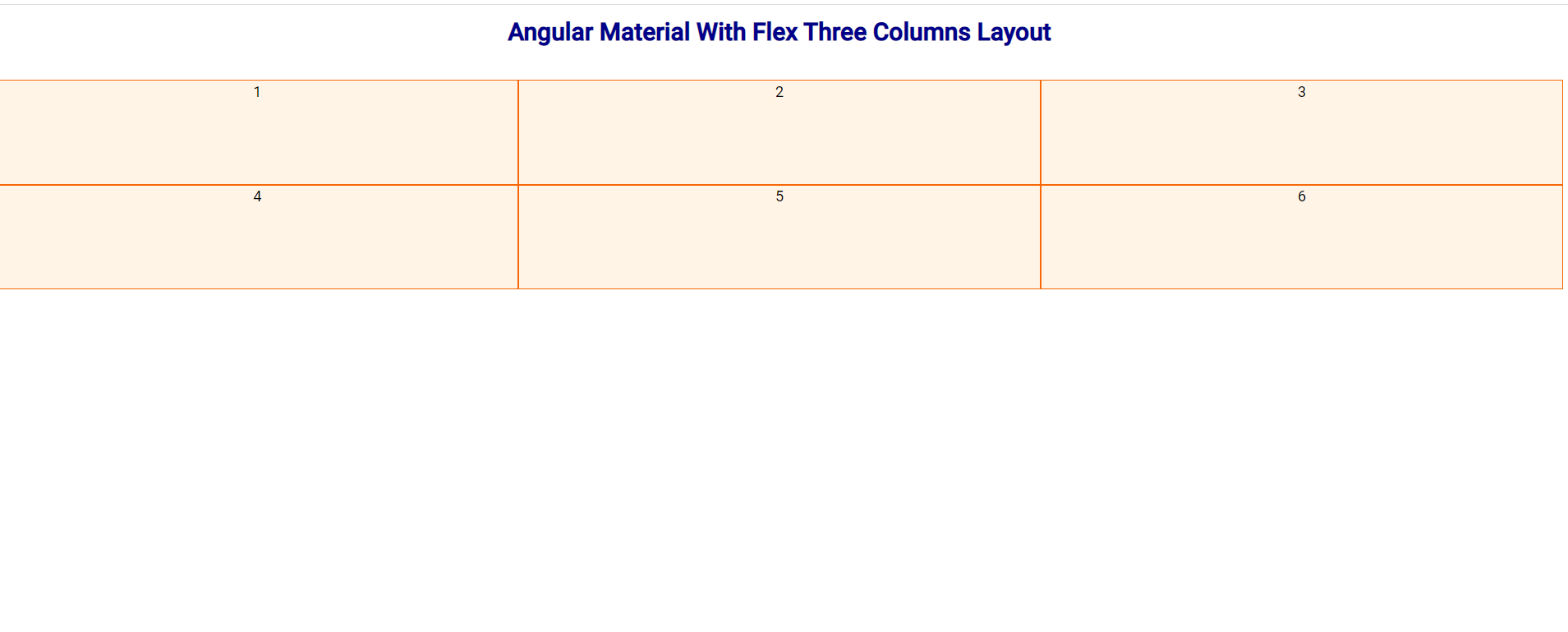Category: Angular 13
Angular 13
-
Angular 13 Digital Pin Input Masking Working Demo
Hello friends, welcome back to my blog. Today in this blog post, I am going to tell you, Angular 13 Digital Pin Input Masking Working Demo. Angular 13 came and if you are new then you must check below two links: Angular 13 Demos AngularMaterial Friends here is the code snippet and please use this…
Written by
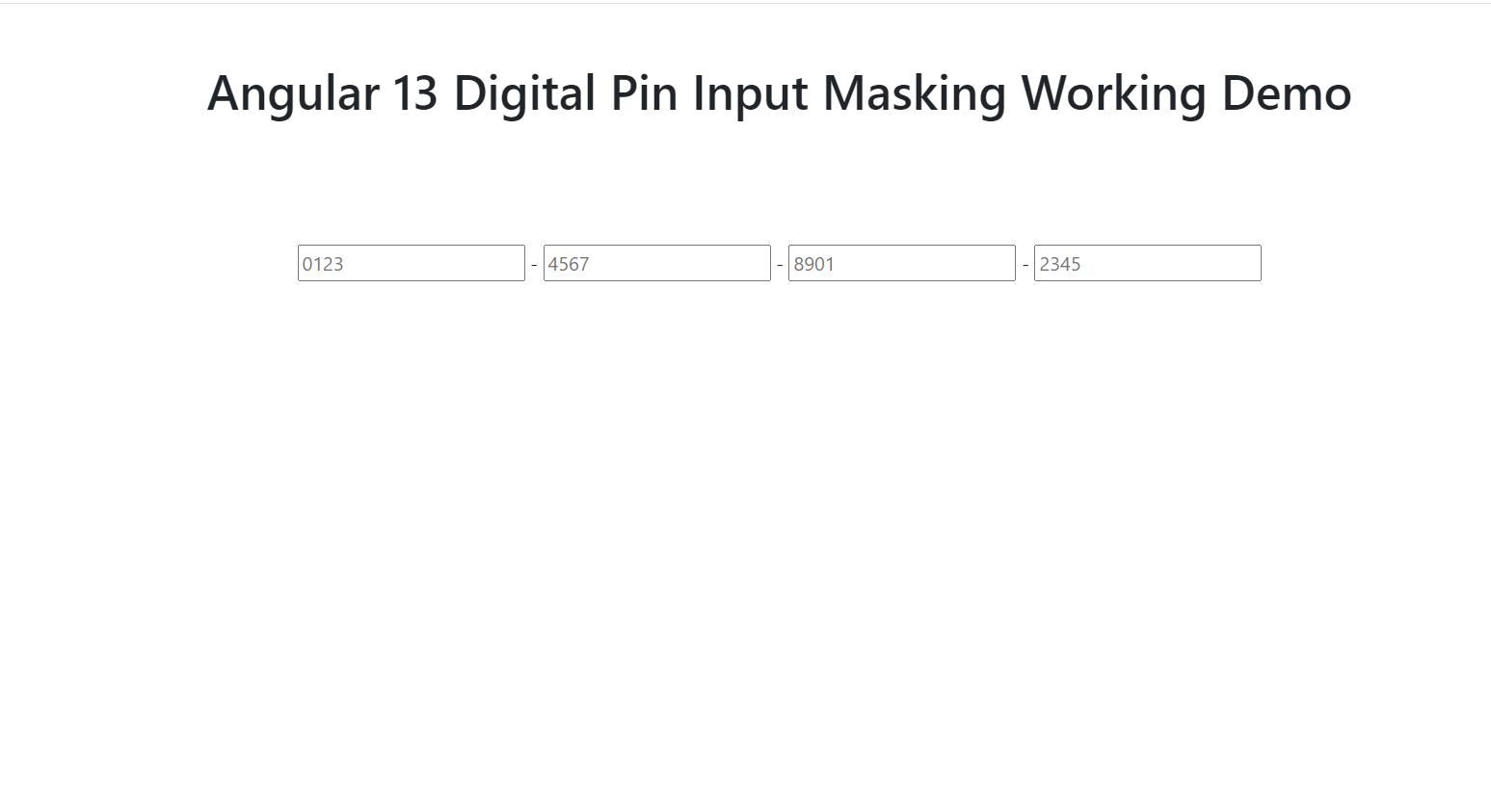
-
ANGULAR 13 – ANGULAR MATERIAL JSON SERVER CRUD OPERATIONS – Get Users
Hello friends, welcome back to my blog. Today in this blog post, I am going to tell you, ANGULAR 13 – ANGULAR MATERIAL JSON SERVER CRUD OPERATIONS – Get Users. Guys before starting this please must check this tutorial : Crud Project Setup Angular 13 came and very soon Angular 14 will come and if…
Written by

-
Angular 13 Inactive User State Automatically Logout After 10 Seconds
Hello friends, welcome back to my blog. Today in this blog post, I am going to tell you, Angular 13 Inactive User State Automatically Logout After 10 Seconds. Angular 13 came and if you are new then you must check below two links: Angular 13 Demos AngularMaterial Friends here is the code snippet and please…
Written by
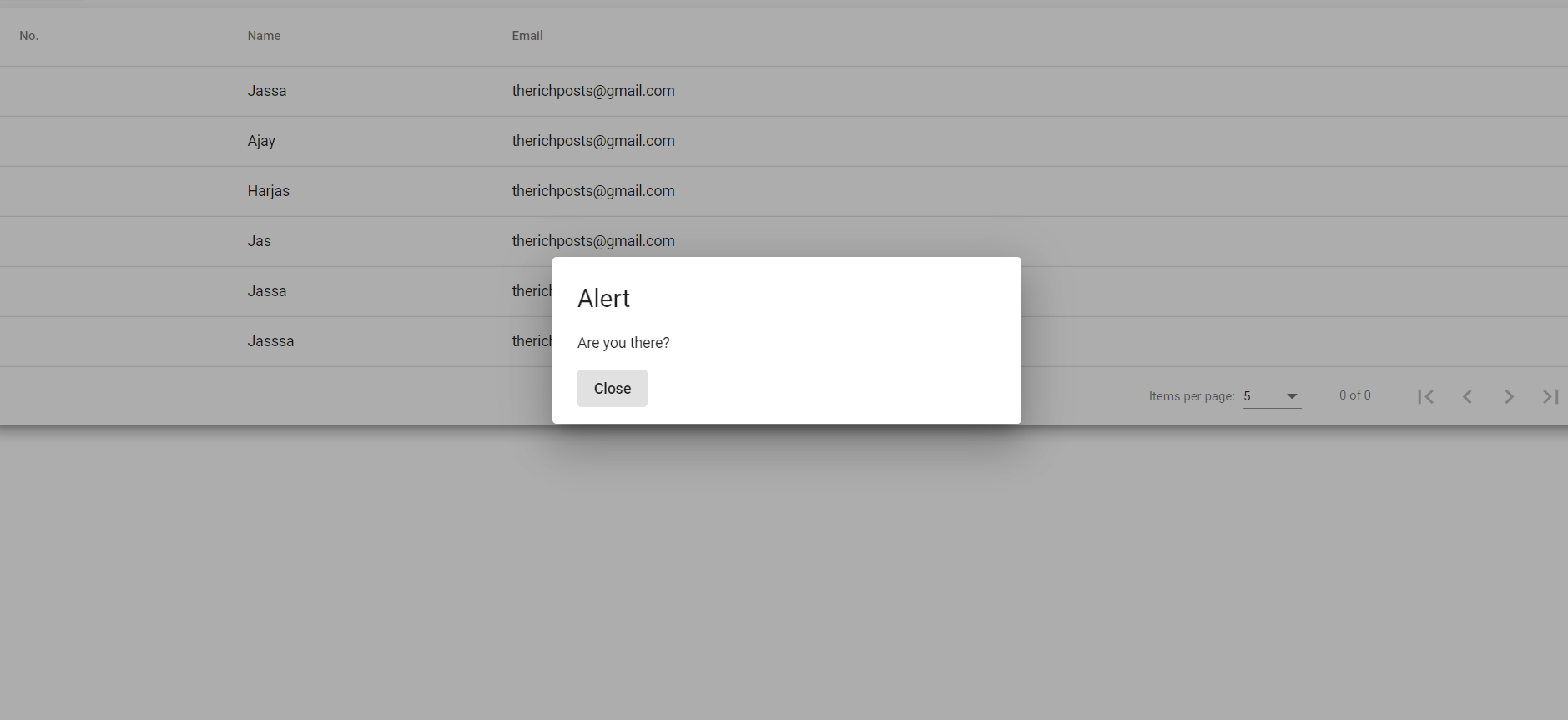
-
Angular Material Min Length Validation Working Demo
Hello friends, welcome back to my blog. Today in this blog post, I am going to tell you, Angular Material Min Length Validation Working Demo.Guys in this post, I am using below: Guys in this post I am using below things: Angular13 Angular Material Angular Reactive Forms FormControls FormBuilder Default Angular Validations Angular 13 came…
Written by
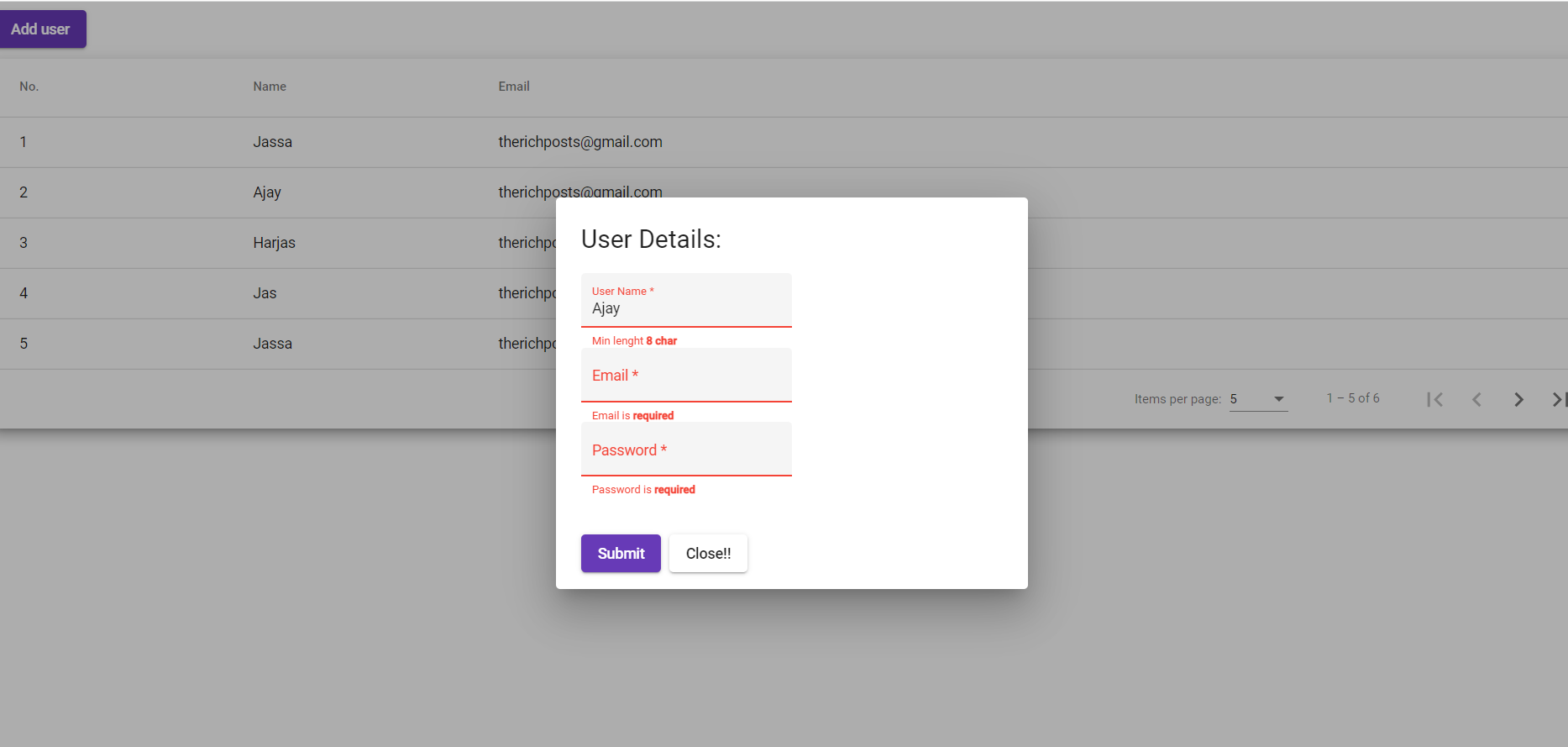
-
Angular 13 Angular Material Datatable integration
Hello friends, welcome back to my blog. Today in this blog post, I am going to tell you, Angular 13 Angular Material Datatable integration. Angular 13 came and if you are new then you must check below two links: Angular 13 Demos AngularMaterial Friends here is the code snippet and please use this carefully to…
Written by

-
Solved – Angular Material Property ‘paginator’ has no initializer and is not definitely assigned in the constructor
Hello guys how are you? Welcome back to my blog therichpost.com. Today in this blog post, I am going to tell you how to Solved – Angular Material Property ‘paginator’ has no initializer and is not definitely assigned in the constructor issue? Guys I got this error during code implementing Material Datatable into my Angular…
Written by
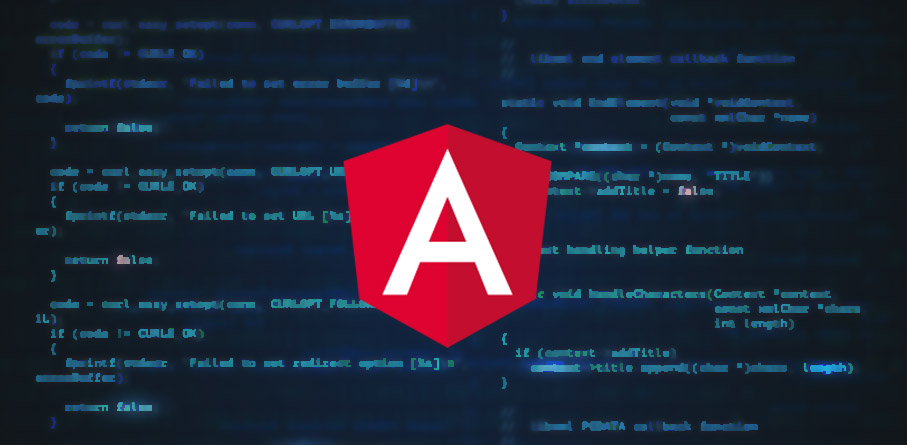
-
Angular 13 – Angular Material Json Server Project Setup For Crud Operations
Hello friends, welcome back to my blog. Today in this blog post, I am going to tell you, Angular 13 – Angular Material Json Server Project Setup For Crud Operations. Angular 13 came and if you are new then you must check below two links: Angular 13 Demos AngularMaterial Friends here is the code snippet…
Written by
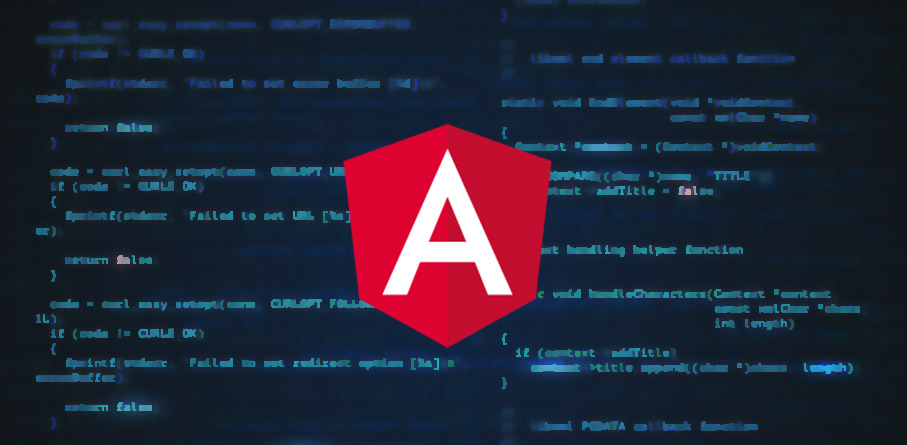
-
Solved – Angular Error Prefer Default Export import/prefer-default-export
Hello guys how are you? Welcome back to my blog therichpost.com. Today in this blog post, I am going to tell you how to Solved – Angular Error Prefer Default Export import/prefer-default-export issue? Guys I got this error during code committing time via git and then I ran below command and error solved and here…
Written by
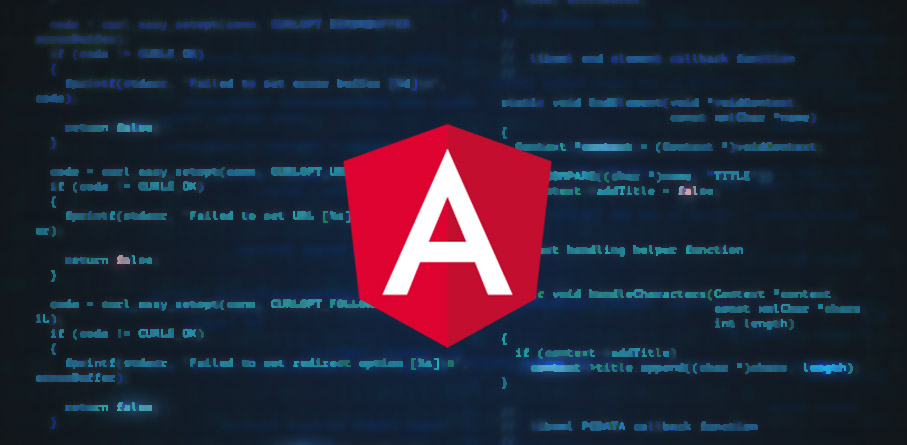
-
Angular Material Autocomplete showing with image and text
Hello friends, welcome back to my blog. Today in this blog post, I am going to tell you, Angular Material Autocomplete showing with image and text. Angular 13 came and if you are new then you must check below two links: Angular 13 Demos AngularMaterial Friends here is the code snippet and please use this…
Written by
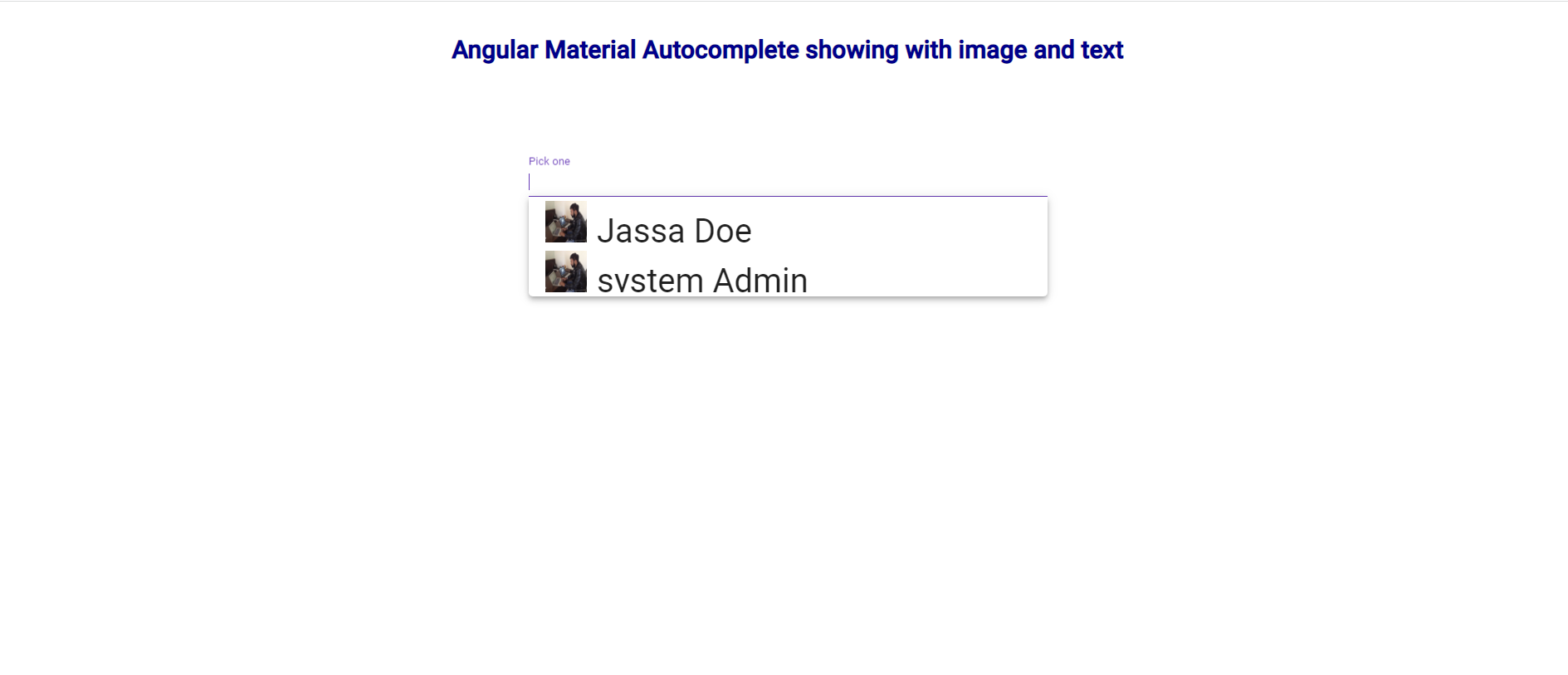
-
Angular Material With Flex Three Columns Layout
Hello friends, welcome back to my blog. Today in this blog post, I am going to tell you, Angular Material With Flex Three Columns Layout. Angular 13 came and if you are new then you must check below two links: Angular 13 Demos AngularMaterial Friends here is the code snippet and please use this carefully…
Written by
